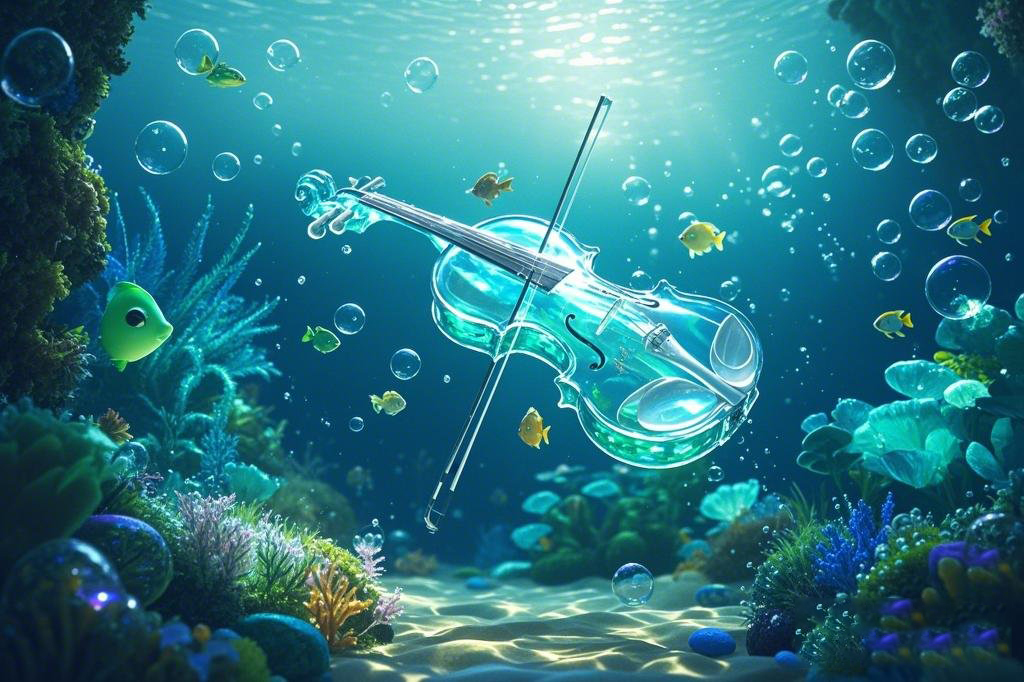Building Musical Identity Chinese Heritage Through Violin Repertoire
Shang Kun 2025-06-30 117
Building Musical Identity: Embracing Chinese Heritage Through Violin RepertoireLearning to play the violin is not just about mastering technical skills; it's a journey of connecting with music on a deeper level. But for those of us who come from Chinese heritage, there's an added layer of meaning—reconnecting with our cultural roots through the rich tradition of Chinese violin repertoire. This is where the concept of "musical identity" comes into play. In today's globalized world, where cultures blend and often dilute, preserving and celebrating our musical heritage is more important than ever. But how can we do that effectively? Let's explore the answer.
Why Chinese Heritage Matters in MusicMusic has always been a universal language, but it also carries the unique essence of every culture. For Chinese violinists, incorporating traditional elements into our playing isn't just about technical proficiency—it's about storytelling. Every note in a Chinese piece carries centuries of tradition, emotion, and history. Think of it like this: when you play a French violin piece, you're bringing a part of Europe into your world. But when you play a Chinese piece, you're bringing a piece of your own soul into the music. That's the power of musical identity.
But here's the catch: many of us feel disconnected from this tradition. We grow up learning Western classical music, which is beautiful, but it doesn't tap into the same emotional depth that Chinese music can offer. This creates a gap—a conflict between our cultural roots and the music we often associate with the violin. So how do we bridge this gap? How do we bring Chinese heritage back into our playing?

How to Build Your Musical IdentityHere's where things get interesting. Building a musical identity rooted in Chinese heritage isn't just about playing traditional pieces. Sure, that's a part of it—pieces like "Spring Festival Gallop" or "The Emperor's Dream" are iconic and deeply tied to Chinese culture. But it's about so much more than that. It's about understanding the stories behind the music, the emotions it conveys, and the history it represents.
One of the most effective ways to achieve this is by working with a teacher who understands both Western and Chinese musical traditions. Take Mr. Shang Kun, for example, a Chinese violin teacher who blends the best of both worlds. His approach isn't just about teaching notes and rhythms—it's about teaching the heart and soul behind the music. Whether you're learning offline or online, his methods are designed to help you connect with your cultural roots while mastering the technical aspects of the violin.
But let's take it a step further. Beyond traditional pieces, there's a whole world of Chinese-inspired violin music that's worth exploring. Composers like Tan Dun and He Zhanhao have created pieces that blend traditional Chinese melodies with contemporary styles. These works are perfect for bridging the gap between East and West, and they offer a fresh perspective on what Chinese music can sound like on the violin.
Surpassing ExpectationsFor many of us, playing the violin is a passion, but it can also feel like a challenge when we're trying to reconcile our cultural identity with our musical aspirations. The good news is that it doesn't have to be an either/or situation. By embracing Chinese heritage through violin repertoire, we're not only enriching our playing but also preserving a vital part of our cultural legacy.
So, what's stopping us from giving it a try? Whether you're struggling with technique or feeling disconnected from your roots, there's always a way to reconnect. Remember, music is about expression—about telling your story. And if your story includes Chinese heritage, why not let it shine through your playing? That's the real essence of building a musical identity.
As the saying goes, "Music is the soul's voice." By incorporating Chinese heritage into our violin playing, we're not just playing music—we're making a statement. We're saying, "This is who I am, and this is where I come from." And that's a sound worth celebrating.
